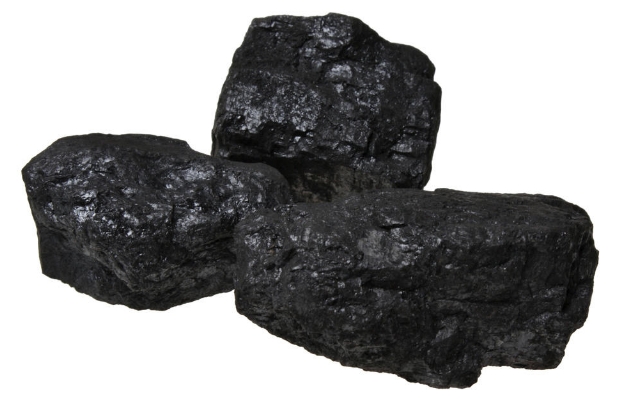
Coal is a fossil fuel with a high carbon content. The four main types or grades of coal are lignite (a type), bituminous and sub-bituminous coke, and anthracite.
Lignite, also known as brown coal, is the lowest ranking variety of coal and has a low heating value. Lignite is high in moisture, and its texture can be crumbly.

The mineral coal is black or brown and forms when the remains of plants are buried under pressure and heat in Earth’s crust. The original organic material's carbon content determines coal's classification: bituminous (bituminous), lignite and anthracite.
It is also used for home and industrial space heating. It is also used for home and industrial space heating. Subbituminous coke has higher levels of carbon. Because it's harder and more dense than lignite (which is softer), subbituminous can also be called steam or soft coal. The coal is used for electricity production and to heat homes and buildings.
This coal contains a greater amount of carbon than other coals. This coal can be used to create electricity or steel. It can be identified by its shiny luster and layered structure. It is most commonly found in the United States. The production of coal and its consumption are increasing worldwide. Burning coal produces climate-warming carbon dioxide and other harmful air pollutants, so many nations are transitioning to clean energy sources.
Anthracite coal is the highest ranked of all coals and contains the most fixed carbon. It also has the lowest amount of volatile matter.
It's black and hard with a high shine. It is used in industrial settings and metals industries due to its high heat value. It is found mainly in Northeast Pennsylvania.
Anthracites have metamorphosed from bituminous coke that has been compressed by intense heat over geologic times. Their low moisture content means they burn more cleanly and with less ash.
Groundhog Anthracite is Canada's biggest undeveloped deposit of anthracite. There are several grades of anthracite coal which include semi-anthracite (standard), anthracite and meta-anthracite. The standard grade of anthracite is 86 to 92 percent carbon and has a minimum VM of 14 percent. The ultra-high grades (UHG) of anthracite are those with carbon contents between 94% and 98.0%, as well as a VM level of less than 2 %.
Bituminous coal is used for many different applications because of its low moisture and high carbon content. It can be used to produce electricity or converted to metallurgical coke (a hard spongelike substance of nearly pure carbon) and then used to smelt iron.
This kind of coal usually appears as a horizontally oriented sedimentary with bands of dull and bright colors. The well-preserved material in the bands is wood, including branches and stems. The duller bands could be mineral matter washed up into swamps or charcoal left over from fires in streams. They may also contain degraded plants.
In general, bituminous coke is divided into 3 ranks according to their volatile and fixed carbon contents. The ranks are high volatile, medium volatile and low volatile. Calorific values decrease with increasing rank of bituminous chars.
A coal fuel with a high carbon content is very efficient. Coal is used in electricity production, steel manufacturing and other industrial processes that need high heat output and energy. It is formed by the gradual decomposition and decay of plant material over many millions of years. Carbon concentration, moisture content, and calorifics are used to classify coal into various categories or rankings.
It is organic matter that has been partially decomposed. Peat can be found in swampy areas. Over long periods of time, it combines with sand, clay and minerals to form thick, soggy material. When peat is compressed, it becomes lignite. Additional compression and heating produces bituminous (anthracite) coal.
The contrasting characteristics of coal and peat make it important to understand their respective environmental, energy efficiency and cost implications before using one or the other for specific applications. To promote sustainable practices, it's important to understand the processes behind their production.

Write a Message